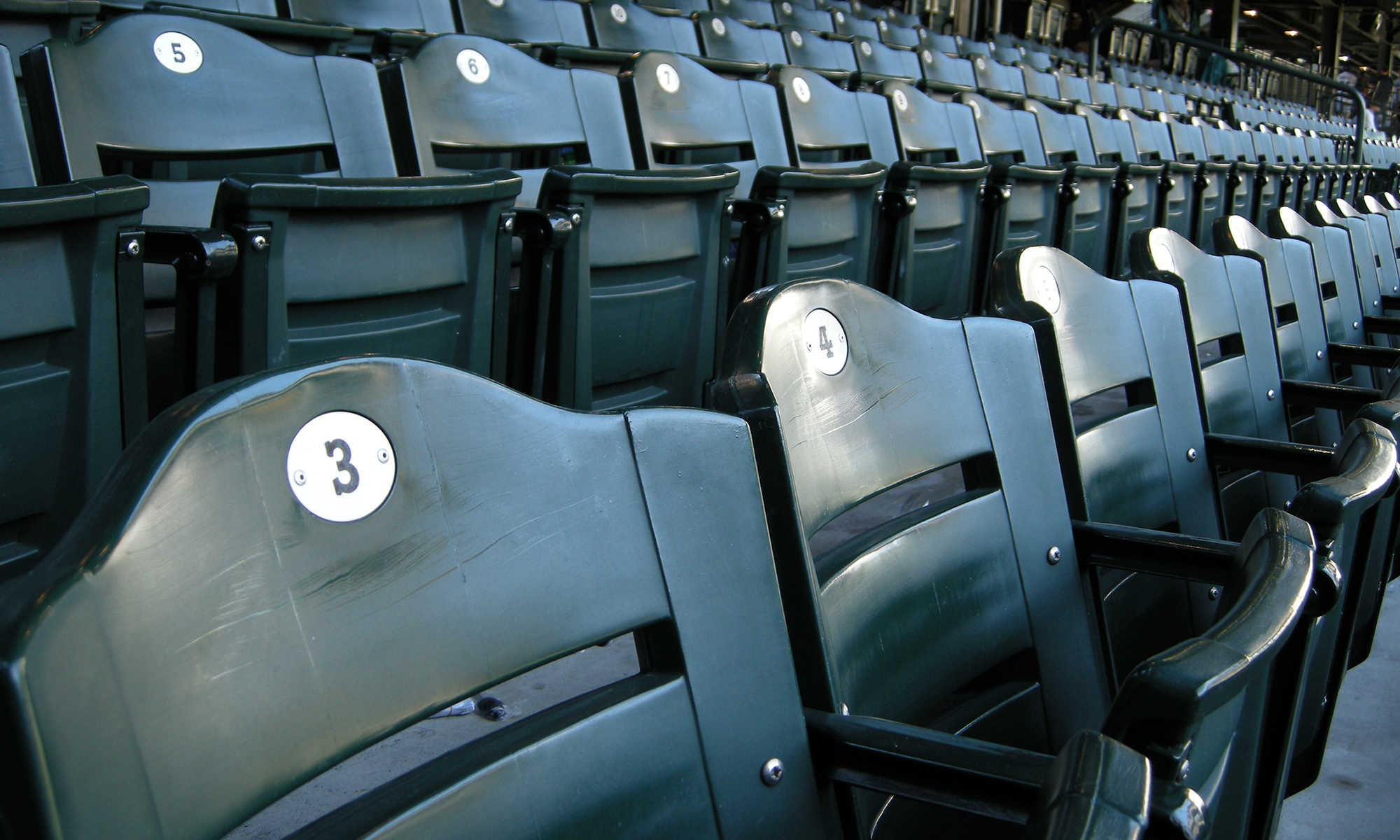Well, that didn’t take long.
Little more than a year after the NCAA changed its rules on NIL opportunities for collegiate athletes, state legislatures and state high school athletic associations (at least in some states) have paved the way for high school students looking to capitalize on their names, images, and likenesses. These developments expand the field of NIL-eligible students exponentially, along with all the questions, uncertainties, and legal gray areas that follow.
To be clear, most states still limit, if not prohibit, high school students from profiting from their NIL rights. However, as with collegiate NIL, we expect the list to grow until all fifty states and DC have covered the topic, just as Oregon is about to do. But even in those states which do purport to allow NIL agreements, the policies and procedures might be far from clear. For example, North Dakota’s governing high school athletic association’s amateurism bylaws provide that a “student may benefit from the use of their name, image and likeness (NIL) consistent with current NDHSAA regulations.” The problem? The NDHSAA breaks down its regulations by sport/activity, meaning it is conceivable that student athletes could have different NIL rights depending on the sport they play. The bigger problem? Many of the organization’s regulations–including the regulations governing football–do not even address NIL. This leaves players, coaches, parents, school boards, and businesses in the dark.
High school-level NIL comes with its own unique wrinkles compared to NIL at the college level. For example, laws differ state by state regarding minors’ capacity to enter into contracts and/or the extent to which contracts may be voided by minors, even after they are signed. And, it is not clear what will happen when a high school student signs a long-term NIL deal in one state, then goes to another state (with different NIL laws) to play their sport at the collegiate level.
The sheer number of students potentially affected by high school NIL laws and regulations is astounding. Businesses may even explore doing deals with an entire high school team, similar to what a collective did at Texas Tech. It is therefore crucial for all sides to understand what state and local authorities allow when it comes to high school NIL.
